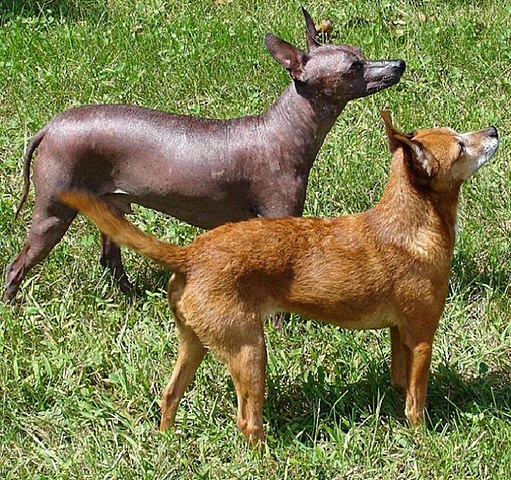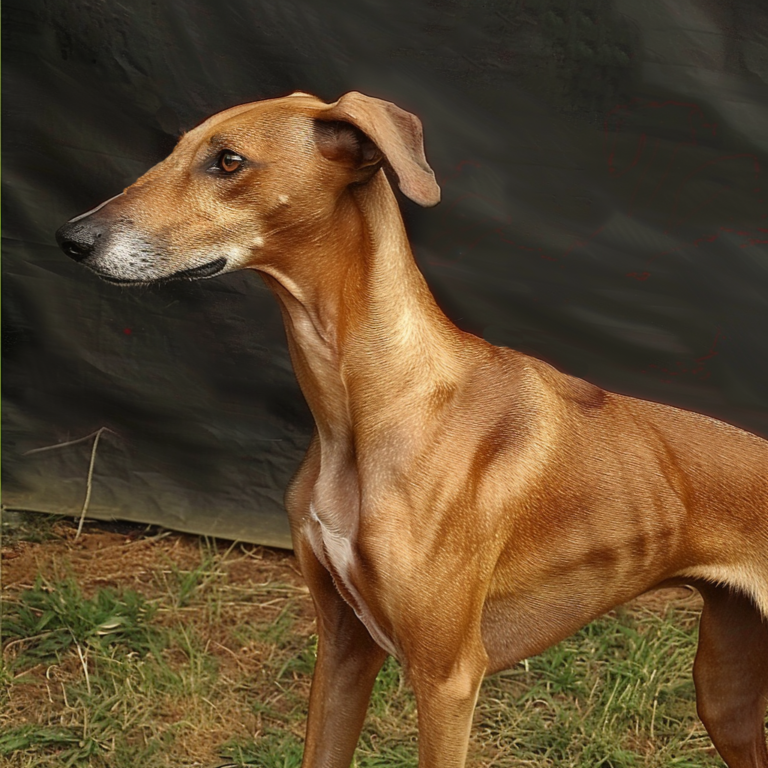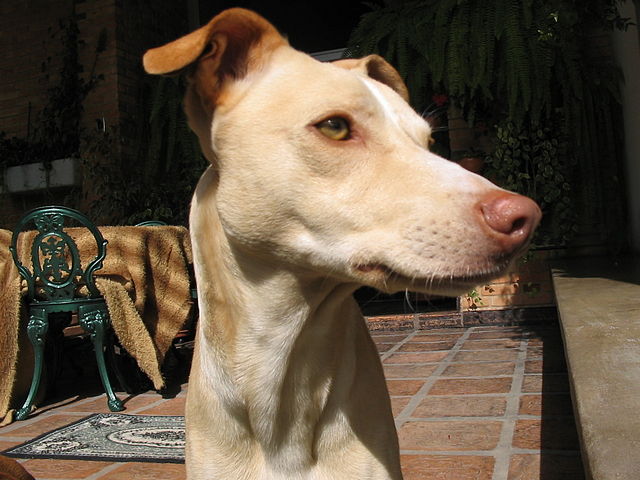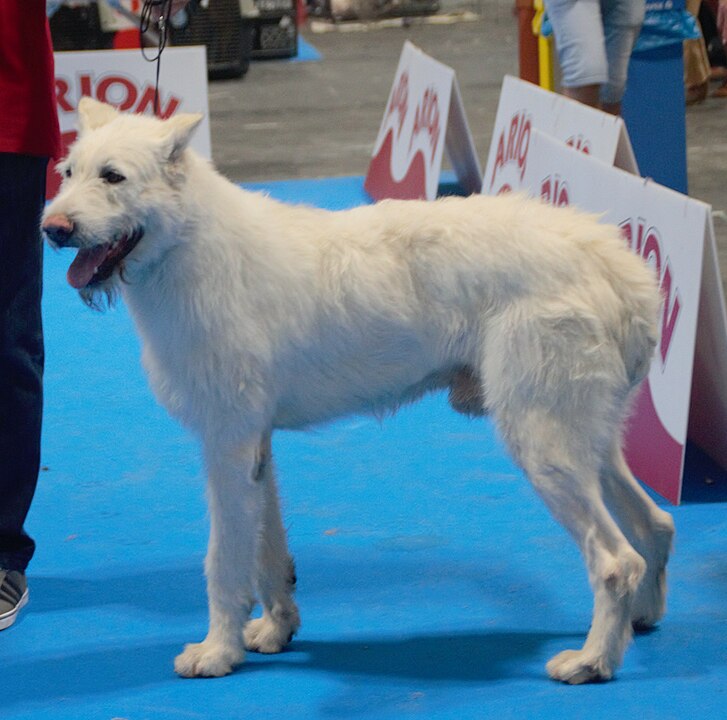The Xoloitzcuintli is one of the oldest breeds known to man. Although they have a coated variety, they are most known for the hairless variety – at one time they were called the Mexican Hairless because of this trait. The breed also comes in three separate sizes (toy, miniature and standard) which makes them suitable for a wide variety of situations and tasks. The tiny toys make great lap-dogs, the small miniatures are a good mid-sized companions and the medium-sized standards are well suited to guarding the house and family. Originally, the breed was used not only to guard the house from intruders, but were said to also guard against evil spirits!
Xolos can be reserved with strangers and take a while to warm up to new people, but they should never be fearful or aggressive. Standards, in particular, make excellent watch dogs with their alert natures and powerful barks. While they aren’t known for being very outgoing in general, they do form strong bonds with their owners but in a quiet, independent-type way. Many will pick one family member in particular to whom they bond the most to (sticking by their side whenever possible) although they will still show affection and loyalty to the whole family, including kids if they were raised with them (calm older children are preferred). This breed must live inside with their “social group”. Xolos also get along well with other pets in the household, and in fact, tend to do better when living with at least one other dog.
Xolos (pronounced Show-lows) are a healthy, robust breed that are generally easy to care for. They aren’t known for having a whole host of health problems, and the average age of the breed is 15-17 years old. Their thick skin is surprisingly tough and hardy – so they don’t tend to get scratched or nicked easily, and it contains an oil that protects them from both insects as well as the sun. The skin can be dark or light, and coated dogs are allowed to be any color (although dark, solid colors are preferred in the show ring). Don’t be surprised if your hairless Xolo doesn’t have all of his teeth either… this trait is seen in hairless dogs but doesn’t usually interfere with their normally ravenous appetites!
Both varieties of Xoloitzcuintli can work well for people who have allergies, provided the person is allergic to dog dander and not saliva. They prefer being clean, and in fact like to clean themselves like cats which means that someone allergic to saliva will probably run into problems. Allergic or not, most owners find this breed particularly easy to keep groomed, even if the dog is coated. Grooming time is minimal, with most of the work being devoted to tooth and nail care. It should be noted that during the first year of a Xolo’s life, they may get adolescent acne just like a human, which may give them a temporary musty smell and will need special care. Hairless Xolos of all ages still need regular baths followed by application of a moisturizer, but the time in which it takes to do this is quite minimal (as might be imagined).
Xoloitzcuintlis are easy to housebreak, easy to train and quite intelligent, with many individuals learning commands quickly. This said, the breed needs obedience training in order to become a well-mannered companion. Like many other primitive breeds, these Mexican dogs can be sensitive and don’t do well with harsh training. Some also have a stubborn streak. With regular training, however, they can become quite adaptable to many different type of lifestyles including living in an apartment. Socialization is highly recommend as well, in order to get them used to people, places and new things.
Like many other breeds, puppy Xoloitzcuintlis can be destructive and will get into everything. Even as the puppy grows up, he will retain a very active energy level which will need to be channeled through exercise. This even holds true for the toy variety, who possesses an endless curiosity and often can be found perching upon couches or even countertops! All three sizes like to climb, and because of their high prey drive need a very secure fence when they are outside to keep these Houdinis from getting out of the yard and chasing small animals. As the Xolo grows older, he won’t require the same amount of exercise as he did when he was in his first couple of years. Mature Xolos (over the age of 2) are more mellow around the house as long as they are still given regular walks or other forms of exercise.




